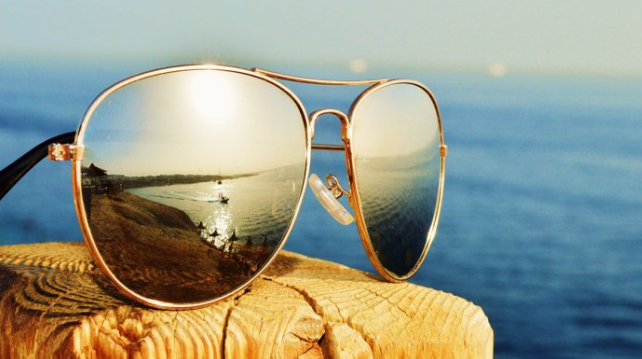Everyone says it: “Eye protection is costly, but not more expensive than your eyes”. This is true in chemistry laboratories, and for welders. Welders must use special welding glasses/helmets to shield their eyes from bright light, as well as gloves or masks to keep themselves safe from the heat and sparks. Also, it’s dangerous to work with explosive chemicals because of the unpredictable nature of the work, hence the need for prescription safety glasses. So, is there anything that may go awry? Many may go wrong, starting with eye strain, which may trigger migraines and allergies. Damage to the eye and loss of vision is a deadly outcome.
According to studies, suitable eye protection may avoid 90% of eye injuries. But, how do you know when and what kind of eye protection to wear?
No matter what chemicals are present at a person’s worksite, eye protection must be used. A person’s eyes may get inflamed due to the dust if they operate in an often polluted area. Also, a person’s chance of acquiring retinal illnesses increases if they are exposed to UV or intense light on the job. In short, eye protection is necessary for anybody whose employment includes welding, drilling, or using other potentially hazardous materials such as pyrotechnics or sprinkling.
How Do You Choose Which Pair of Glasses to Wear?
It’s a cinch. Boost Safety and Workwear, for example, offers a variety of protective eyewear that may be selected with the help of an optometrist. As such, safety glasses, safety goggles, etc., are all subcategories.
Safety Glasses
Hardened and laminated for eye protection, safety glasses are available. They won’t shatter like conventional glasses if you apply pressure on them, so if a splintered piece of metal strikes your face, the glasses will protect your eyes. Hence, it is essential to protect one’s eyes with safety glasses that will not break or shatter. Six subcategories exist within this group of eyewear.
- A pair of crystal-clear safety goggles: They may be employed in a variety of different kinds of job settings, such as woodworking and chemistry labs.
- Safety Sunglasses: These are often used when there is a lot of intense light. Also, when working near or in the presence of open flames, it is highly suggested that you put on this protective gear.
- Polarised Glasses: Glasses with a polarised coating decrease glare and remove visual noise. When working in solid sunshine, this is the best option.
- Safety Glasses with Photochromic Lenses: These glasses may be used indoors and outdoors. It contains lenses that can swiftly adjust to both light and dark conditions, ensuring good vision in both situations.
- Positive Seal Foam Insert Safety Glasses: They are advisable when working in a dusty environment. A foam insert catches hazardous dust particles, preventing them from entering the eyes.
- Indoor/Outdoor Tinted: These glasses have high transmittance in low-light conditions, making them ideal.
Protective Goggles
The primary distinction between protective glasses and protective goggles is using an expanded rubber belt to hold the goggles in place. Safety goggles also have built-in ventilation. The goggles’ ventilation is improved as a result.
Prescription Sunglasses
There are three main varieties of prescription sunglass:
- When magnification is required to finish a job, one should utilise safety magnifying glasses.
- Prescription safety glasses answer when one needs optical correction and eye protection.
- Unlike safety glasses, prescription safety goggles have a distinct structural design but are otherwise functionally equivalent. They’re often used when the work at hand has a greater than average level of danger.
The information in this piece should serve as a complete resource for anybody looking to purchase quality eyewear. Working in the circumstances described above necessitates wearing safety goggles to protect your eyes.































